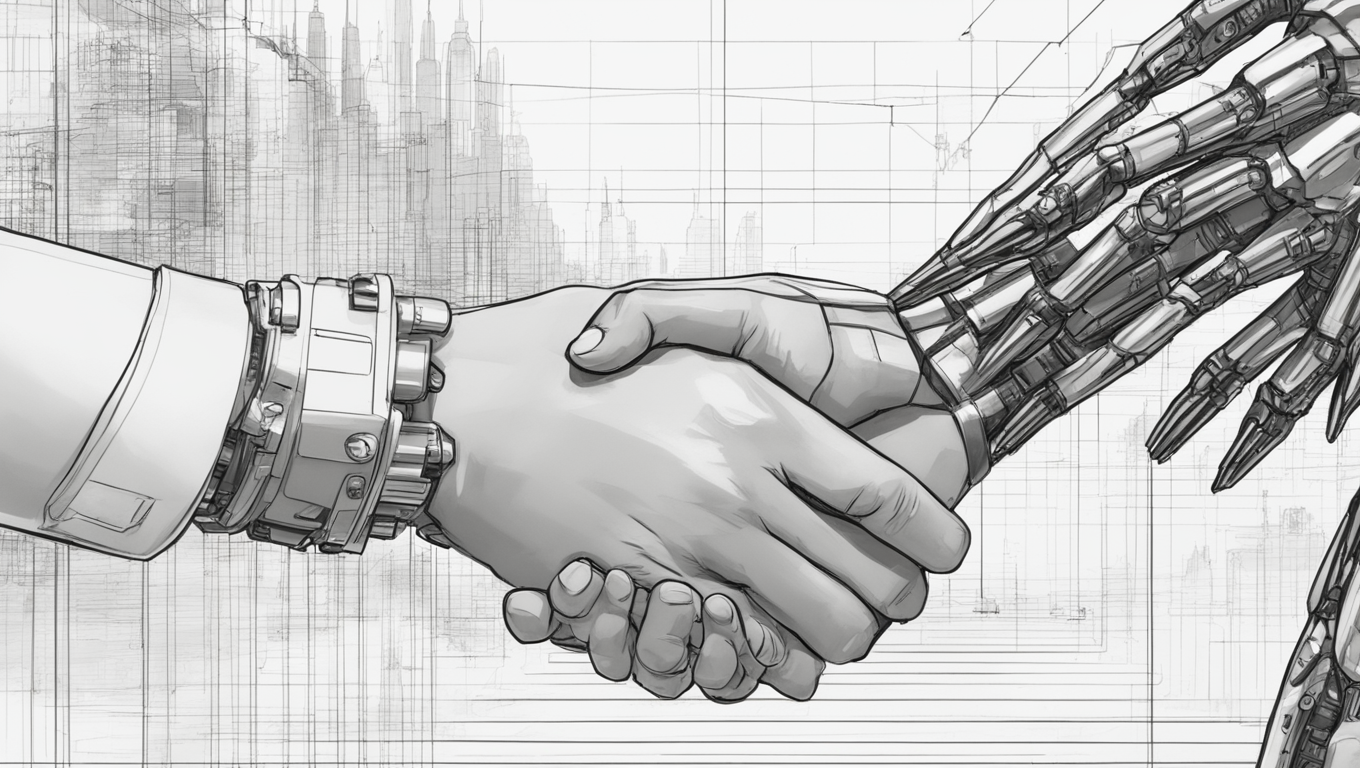Hong Kong is making waves in the world of artificial intelligence (AI) innovation, as showcased at the World Artificial Intelligence Conference (WAIC) held in Shanghai. The city has been working diligently to position itself as an innovation hub, and this year it brought a significant number of AI start-ups to the conference, including companies from Cyberport, Hong Kong Science and Technology Parks (HKSTP), and the Hong Kong Trade Development Council.
What made Hong Kong stand out at the conference were the diverse range of products and services exhibited. These included large language models, Internet-of-Things systems, AI image generation, industrial quality-control solutions, and AI-powered rescue drones. The Hong Kong Industrial Artificial Intelligence & Robotics Centre, or FLAIR, also showcased its R&D achievements and user cases.
Hong Kong’s Chief Executive, John Lee Ka-chiu, has set a goal for the city to establish a cross-boundary science and technology hub by 2035, emphasizing Hong Kong’s role as a bridge between mainland China and the rest of the world. With this vision in mind, Financial Secretary Paul Chan Mo-po allocated HK$24 billion (US$3.07 billion) for innovation and technology initiatives in the 2024-2025 budget.
One of Hong Kong’s advantages lies in its status as a traditional financial center. Lu Jian, chief representative of the Hong Kong Trade Development Council for eastern and central China, highlighted that this heritage makes fundraising easier for entrepreneurs, combined with the support of the Hong Kong SAR government. Additionally, science parks like HKSTP and Cyberport provide support for thousands of start-ups, creating a positive “agglomeration effect” that helps connect them with potential partners and clients.
While commercializing AI technology can be challenging for start-ups, the Hong Kong Productivity Council has been assisting small and medium enterprises for decades, understanding their needs and cost-effectiveness concerns. FLAIR CEO Edmond Lai Shiao-bun stressed their focus on real application scenarios from the outset to ensure a smoother transition from R&D to commercialization.
Looking ahead, HKSTP CEO Albert Wong Hak-keung highlighted three key areas for the future of AI technology: the technology itself, its accessibility, and regulation. He expressed the aim to establish a platform for AI start-ups in Hong Kong to support their exploration in various application fields. Computing power is increasingly crucial in the global AI race, and HKSTP is set to launch its computing center by August to cater to this demand.
Cyberport, with its HK$3 billion government funding, is also developing an AI supercomputing center that will deliver impressive computing power of 3,000 petaFLOPS when fully operational. These new facilities will solidify Hong Kong’s position as a city with access to top-notch chips and infrastructure.
In addition to FLAIR, other notable start-ups at WAIC included automation solution provider YouToo Robot, AI-powered rescue drone start-up LifeSparrow, local LLM start-up Stellaris AI, data and indoor positioning platform SagaDigits, commercial robot maker RoboCore, AI SaaS start-up Pubrio, and intelligent assembly line inspection company MotherApp.
Hong Kong’s presence and contributions at WAIC demonstrate the city’s determination to be at the forefront of AI innovation. With its favorable environment for start-ups, access to global markets, and government support, Hong Kong is well-positioned to further establish itself as a leading AI hub.





Use the share button below if you liked it.